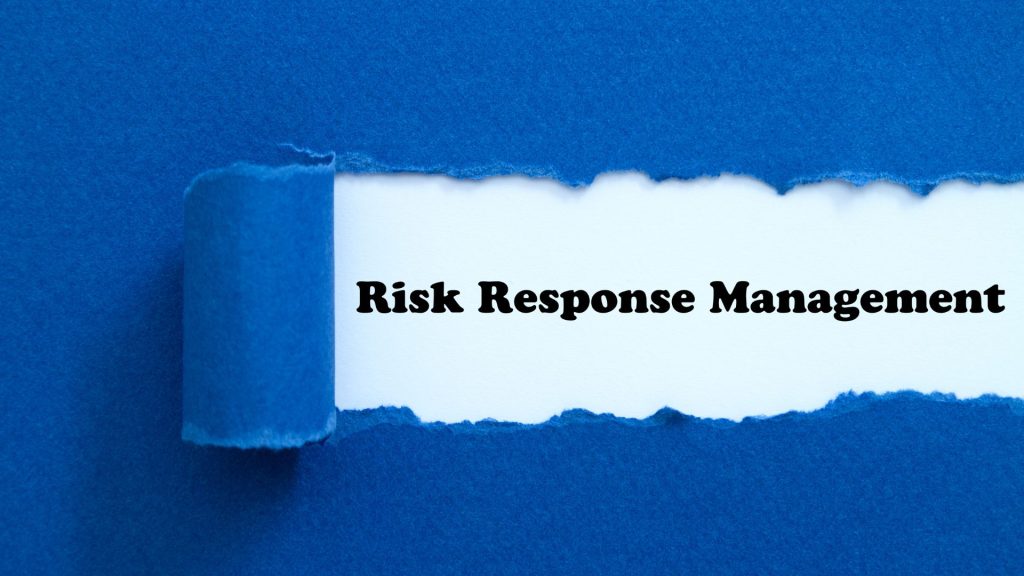AML/CTF risk response is the action taken by the management to counter the potential effects of the identified money laundering and terrorist financing risk. AML/CTF risk response aims to address all identified ML/TF risks by implementing effective controls, which enables an organization to prevent potential financial, reputational, and operational losses.
As the risk management practices aim to ensure strategy integration with ML/TF risk management practices, management must develop the structures, resources, and systems to respond to the identified ML/TF risks.
AML/CTF Risk Response
Responding to ML/TF risks is a risk management aim because unattended ML/TF risks pose different interrelated risks. Further, risk response is also a requirement of regulatory frameworks where management performs risk analysis in different core processes, applications, and activities, where the regulators require organizations to focus on. These areas mostly relate to business, investments, compliance, and operations.
The support function, such as internal audit, also reports the significant findings related to risk responses to the Board Audit Committee or BAC for review and the right direction to the management.
Risk response requires appropriate risk identification and assessment following top-down and bottom-up approaches. The response is strategies, actions, and mitigation plans to be developed by the departments in collaboration. All affected user departments must understand the risk implications of the processes implemented in various organization departments.
Each process and risk owner provides feedback to develop the required controls and response strategies. ML/TF risk responses may be in the form of enhancement of existing internal controls or the development of new controls considering the nature and type of risks for which responses are to be prepared.
The management needs to review and approve ML/TF risk mitigation strategies, which are later supervised by the relevant process and risk owners for development and implementation. AML/CTF risk responses may require significant investments in infrastructure or may be accepted as part of doing business. Because risk emanates from various sources, various responses are required across the entity and at all levels.
This framework component focuses on practices that support the organization in making decisions and achieving strategic and business objectives. To that end, organizations use their operating structure to develop a practice that:
Identifies new and emerging ML/TF risks so that management can deploy risk responses promptly.
Assesses the severity of ML/TF risk, understanding how the risk may change depending on the entity’s level.
Prioritizes ML/TF risks, allowing management to optimize the allocation of resources in response to those risks.
Identifies and selects responses to risk.
Develops a portfolio view to enhance the ability of the organization to articulate the amount of risk assumed in the pursuit of strategy
The practices are performed across all levels and with responsibilities and accountabilities for appropriate enterprise risk management aligned with the severity of the risk. In preparation for risk response, the key types of risks need to be identified, including regulatory, financial, operational, strategic, reputational, etc. Based on risk types and risk prioritization, the response strategy is prepared. High-level risks are to be prioritized, and appropriate responses are developed to mitigate the high-level risks because the potential financial impact of high-level risks is significant and may lead to liquidity and working capital issues for the organization if not responded appropriately and timely basis.
Final Thoughts
AML (Anti-Money Laundering) and CTF (Counter-Terrorist Financing) risk response refers to the measures and strategies that organizations implement to mitigate the risks associated with money laundering and terrorist financing. These risks arise from various factors, such as the nature of the business activities, the clients involved, the jurisdictions in which the organization operates, and the products and services offered. By implementing an effective AML/CTF risk response, organizations can reduce their exposure to financial crime and protect themselves, their clients, and the wider society from the harmful effects of money laundering and terrorist financing.




